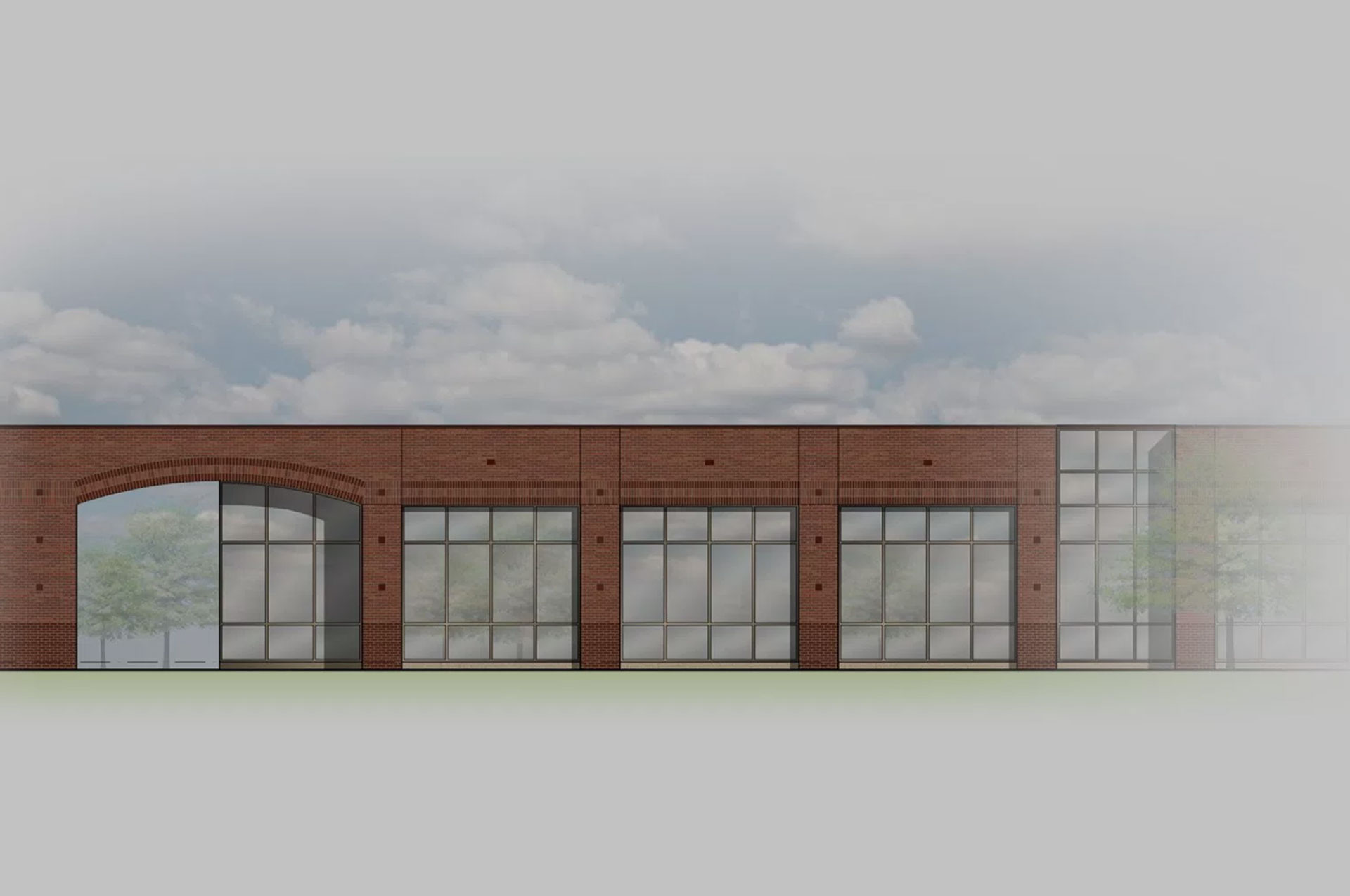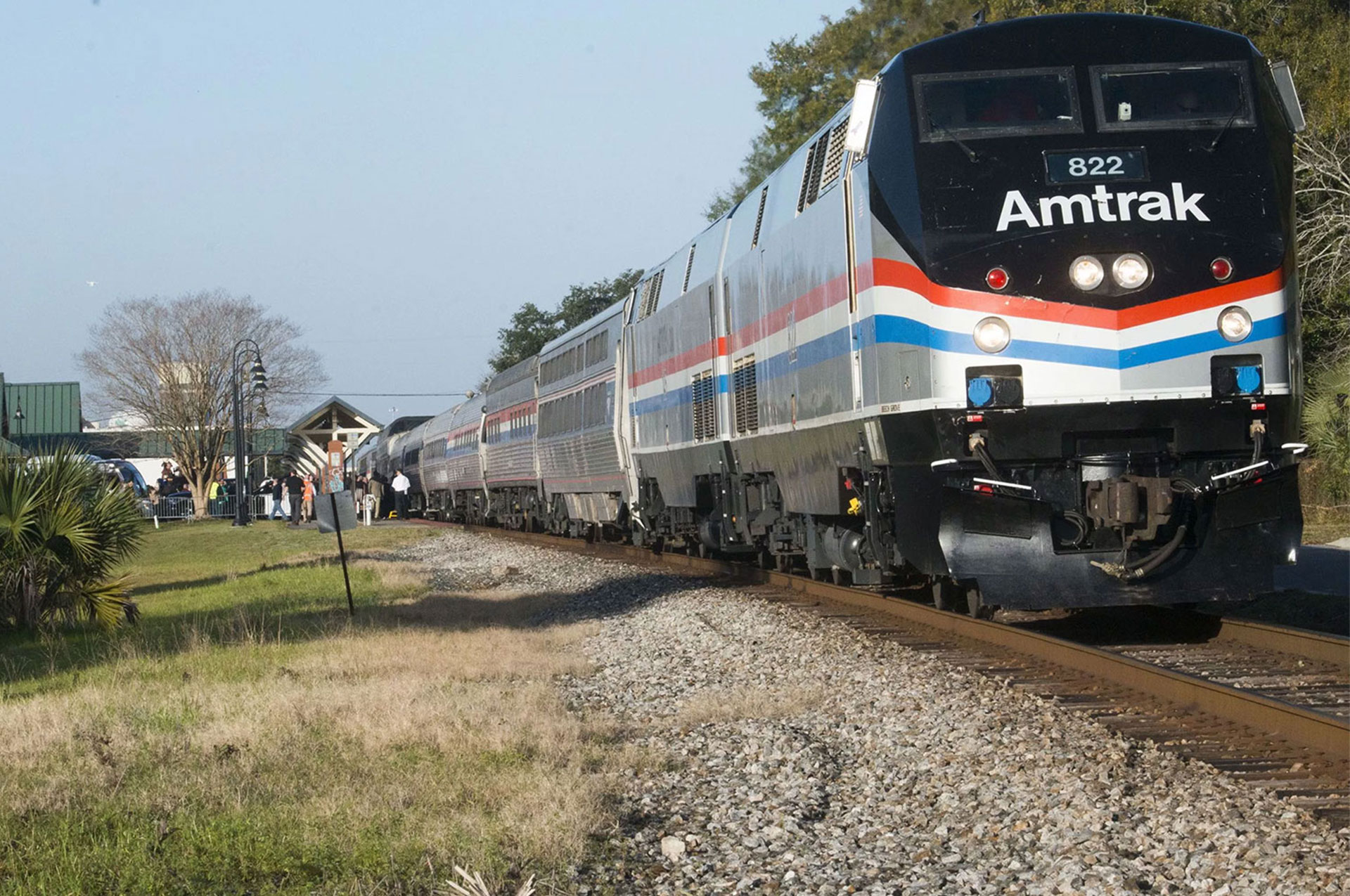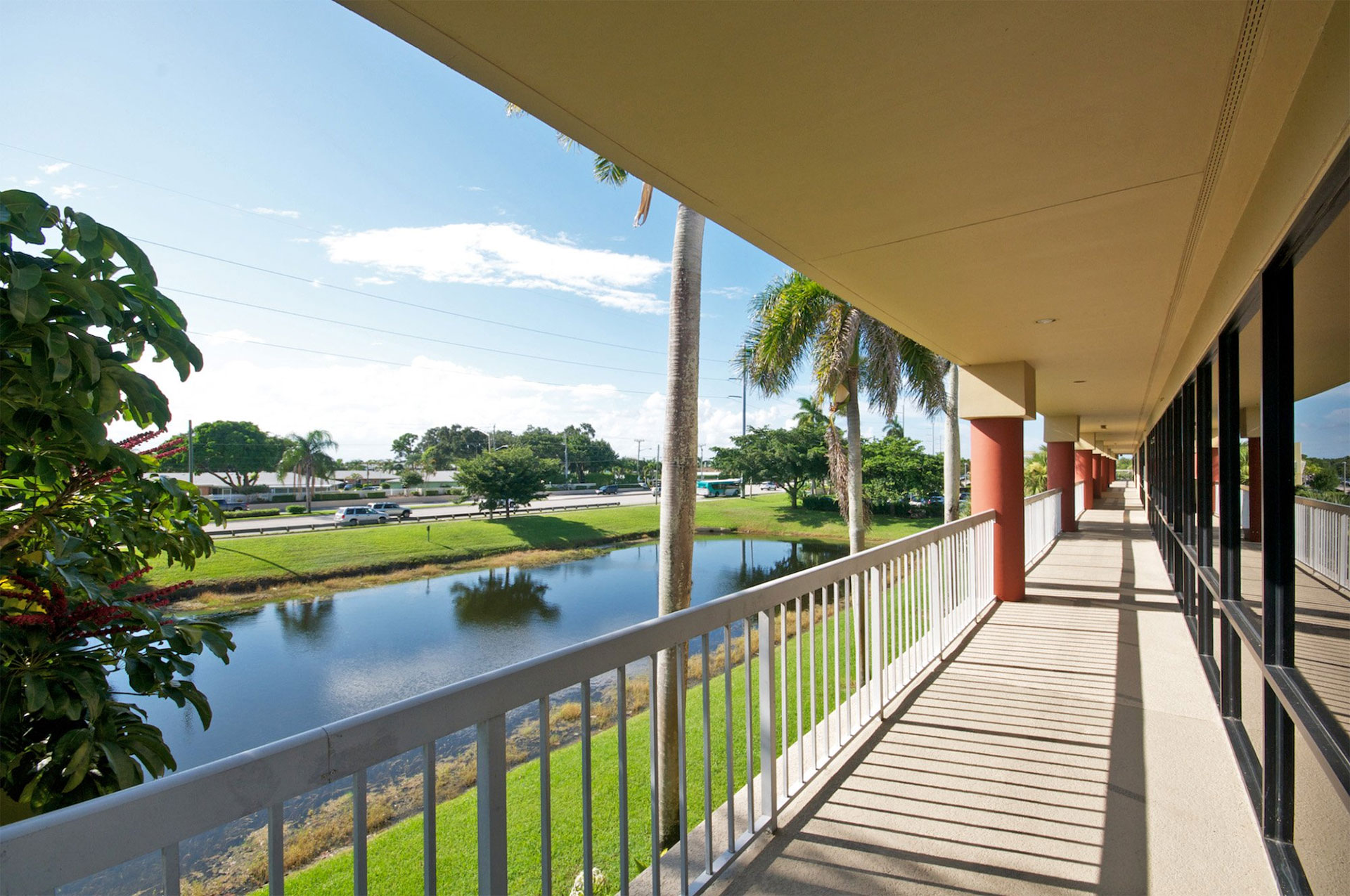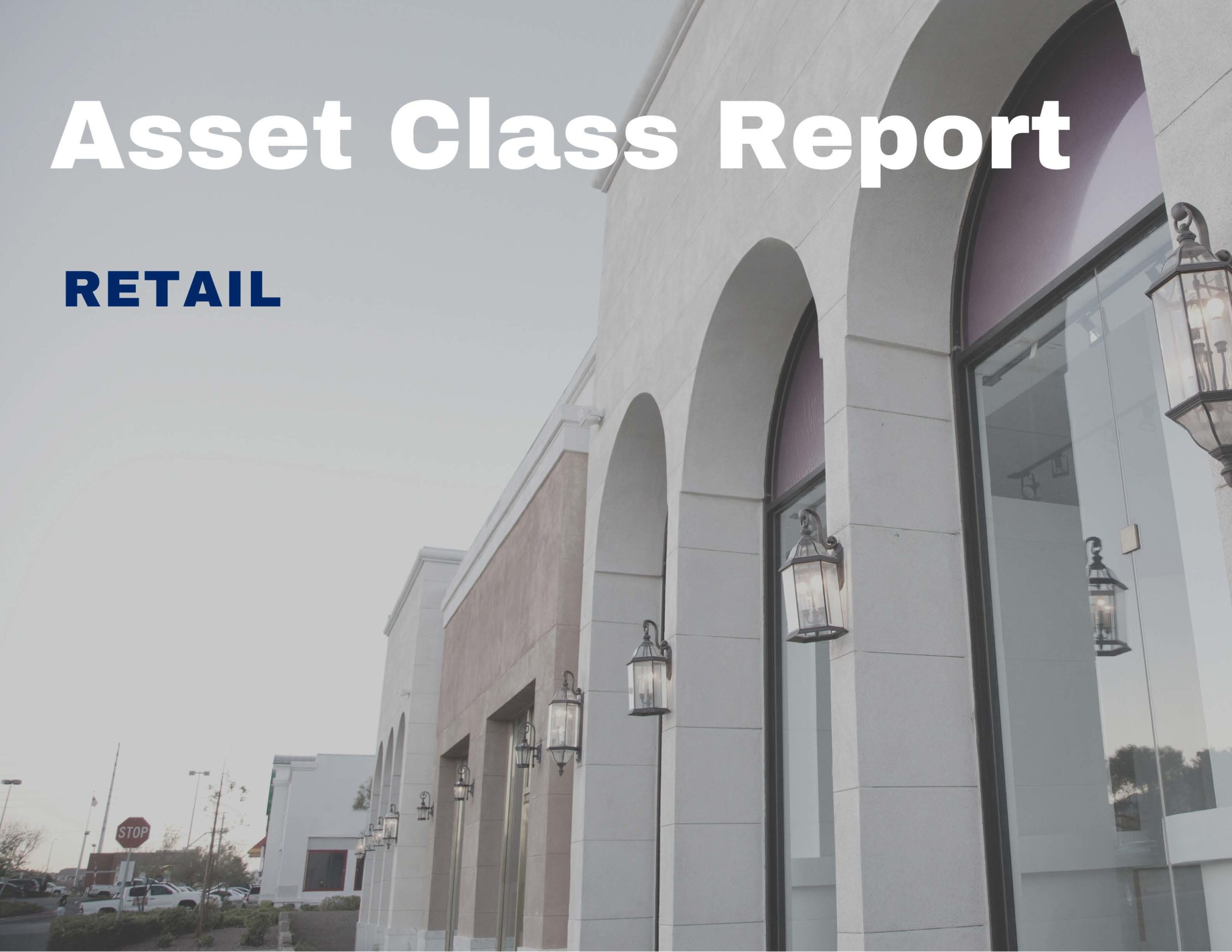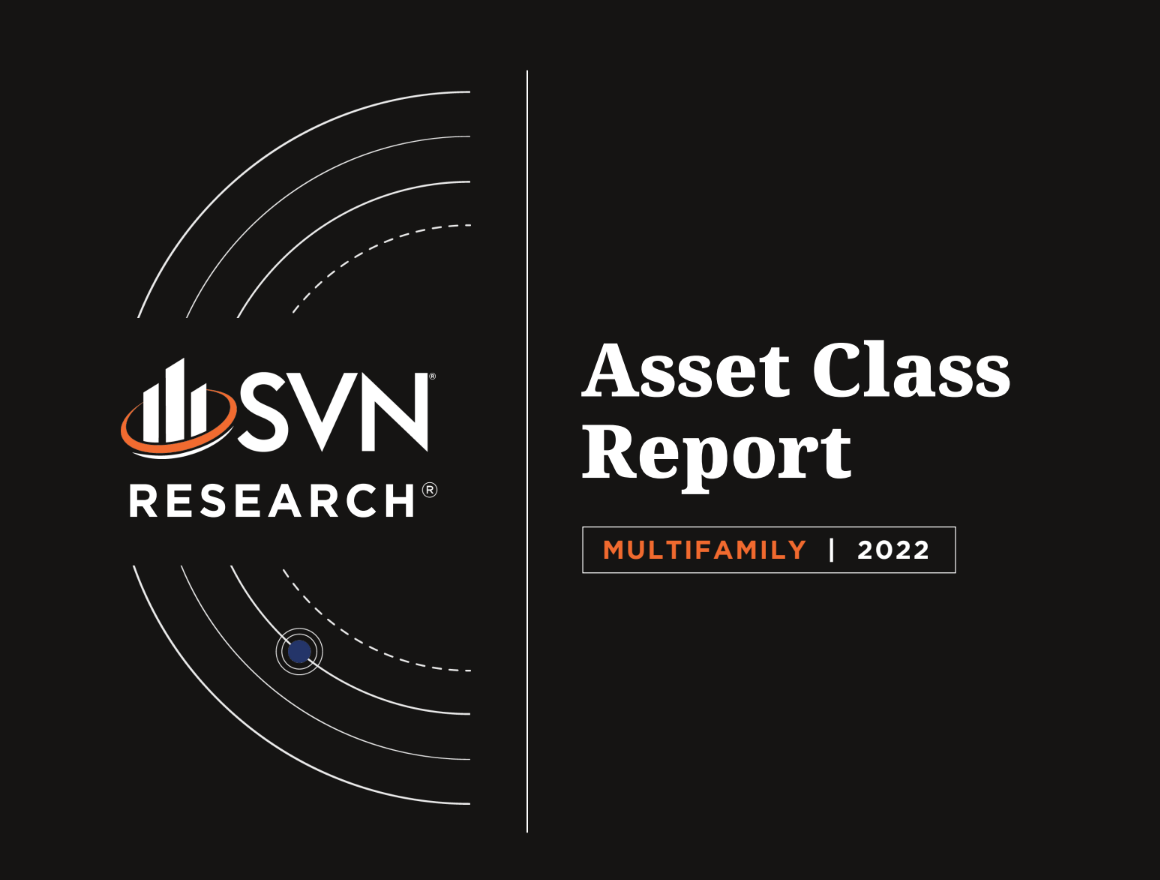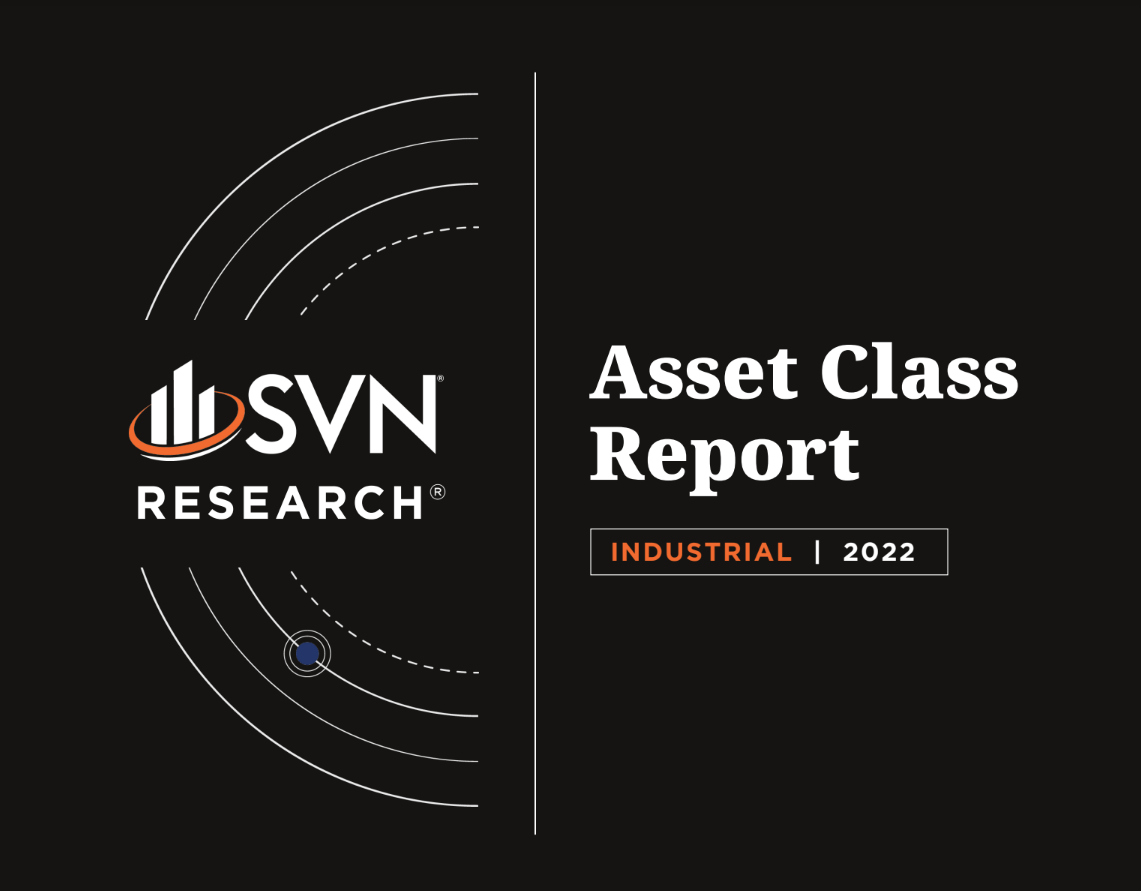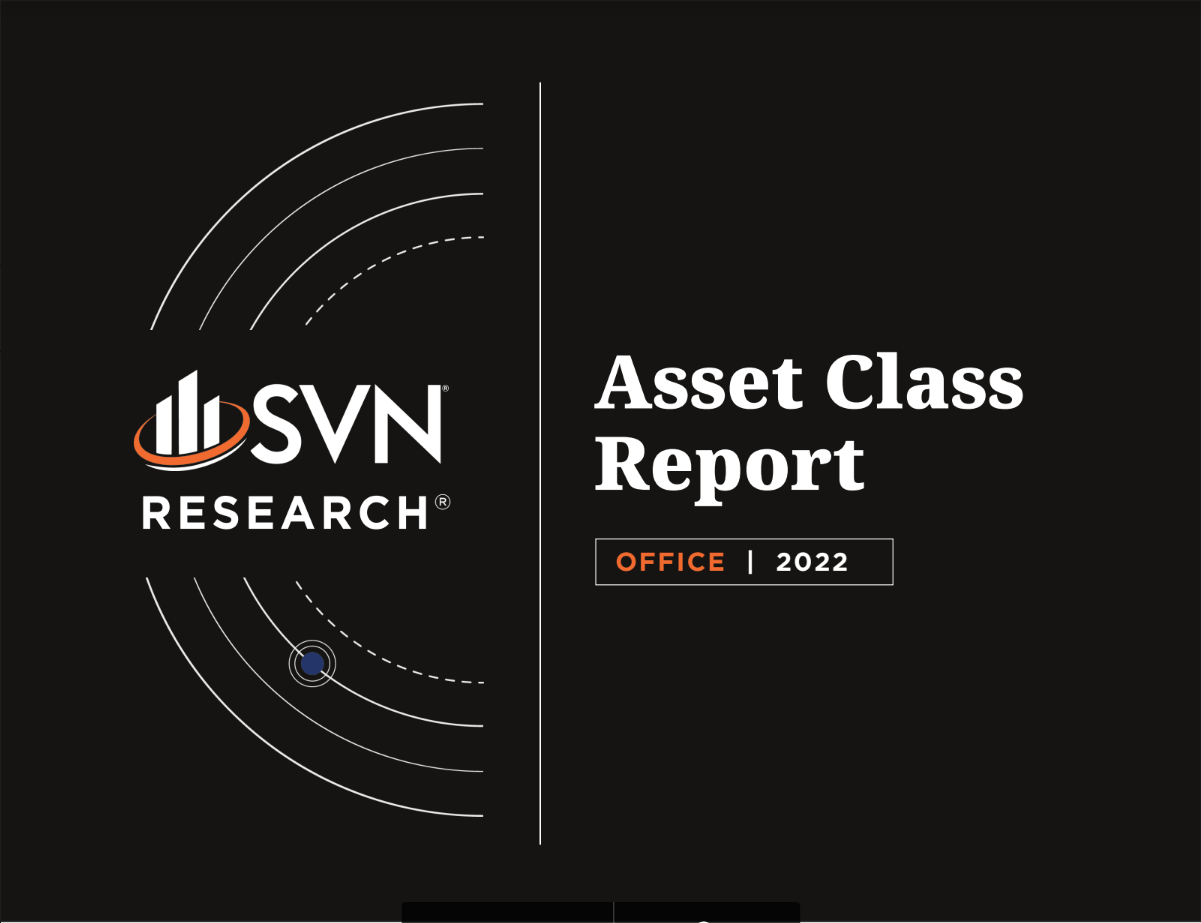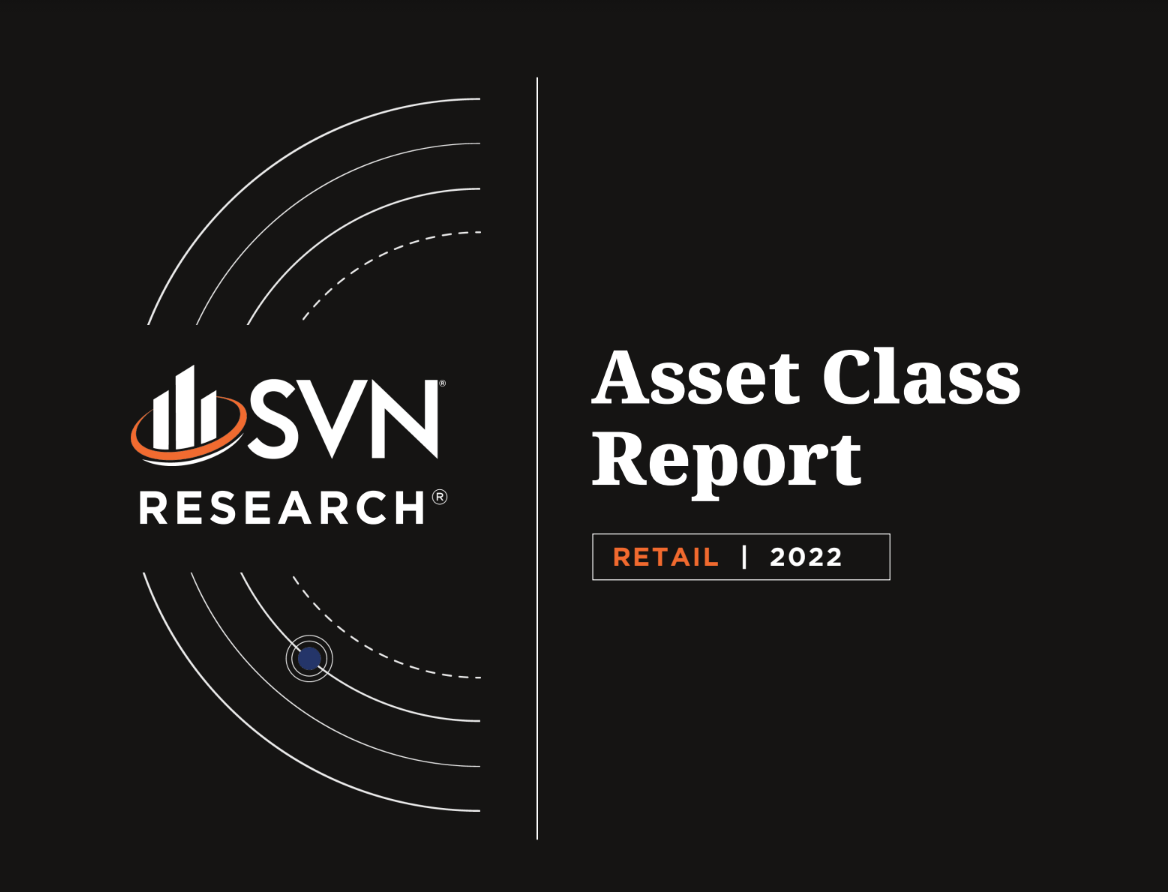admin / April 25, 2022
Seven Trends Driving Commercial Real Estate To Watch In 2022
Seven Trends Driving Commercial Real Estate In 2022
As the two-year mark of the pandemic’s hold on the U.S. approaches, more signs of promise are breaking through uncertainty — particularly in commercial real estate. The current environment, featuring the omicron variant, inflation and continued volatility in the stock market, presents unique circumstances for a real estate industry that raised significant capital and gained momentum through 2021.
I believe that every positive trend and new opportunity should be balanced against the impact of the multiyear pandemic playing out. The market will favor investors that move efficiently and practice extensive due diligence. It can also help to prepare.
For investors getting ready for the months ahead, here are some significant trends I expect to play out.
1. Significant capital and available debt will contribute to another year of growth.
Among those familiar with the space, most signs are pointing to another strong year in commercial real estate. In addition to demand and available debt, Preqin reported commercial real estate funds collected over $152.2 billion in dry powder through mid-October, waiting to be deployed on growth opportunities.
In aggregate, our company’s data science team projects that commercial real estate should see growth across several sectors, driving price appreciation past pre-pandemic levels. Pending changes to the current environment, the team expects to see multifamily and industrial lead the pack.
2. Secondary markets will outgrow the country’s major cities.
Which markets should grow the fastest? Generally, prices tend to appreciate where jobs are available and people are drawn. Which should be the slowest? The ones where they are not. In recent years, we have watched a migration from gateway cities like New York to smaller markets like Tampa, spurring opportunities in the latter.
This year, I expect cities such as Phoenix, Atlanta and Charlotte to show the strongest rise in growth, as jobs, population migration and attractive market dynamics contribute to appreciating prices across major asset types.
3. The housing hot streak will (most likely) continue.
In 2021, multifamily continued to outperform, with investment volume reaching $179 billion through Q3 2021, according to CBRE. Several factors were at play, particularly low supply and price competition in single-family housing and the flight to quality housing. This year, investors should watch for oversupply in the market, though it appears they can expect more of the same strong performance.
The Federal Housing Finance Agency set its cap on multifamily purchase volumes at $78 billion, 11.4% higher than in 2021. Alongside strengthening household formation and hybrid work, this sets a strong foundation for continued demand across markets, especially secondary and suburban markets.
While this climate is anything but certain, the current conditions appear favorable: Historically, commercial real estate has provided a hedge against inflation; stock-focused investors are expressing interest in diversifying through real estate; and monetary policy appears to support growth in the economy.
Investors need to continue to keep a watchful eye on affordability, as wage growth is needed to support higher rents and momentum in the sector.
4. Offices will change, but they won’t shutter.
Despite what headlines may say, the physical office is by no means dead — it is looking to upgrade, though. While the office market contends with its highest vacancy in recent decades, investors can expect to see occupancy and rent growth stabilize this year.
The evolution of hybrid work and employee preferences has begun to push employers out of high-density gateway core markets into larger, cost-effective locations. Additionally, the “flight to quality” that preceded the pandemic should continue to accelerate, as employers follow the demand for spaces with attractive amenities and flexibility.
5. Real estate will welcome more quants to the mix.
In 2021, we saw more quantitative firms enter commercial real estate with the intent to deploy AI and machine learning in their investments. By solving for the inefficiencies in CRE data, firms are looking to find opportunities where there is historical growth and pricing is dislocated from value.
This year, more quants are likely to enter the market given the opportunity for outsized returns, stable yield, hedges against volatility and unique tax advantages. The post-Covid recovery and infrastructure investment are driving tailwinds across the market, and sophisticated investors should take notice.
Importantly, fostering a network of strong partners and sponsors helps to maintain high value. Professionals with their ear to the ground in each market can protect investors looking for risk-adjusted returns.
6. Proptechs got popular. Time to consolidate.
According to a recent survey of commercial real estate executives by the Deloitte Center for Financial Services, three-fourths of respondents said their companies would likely expand partnerships with or invest in proptechs this year.
Demand for intelligent real estate tech rang loudly in 2021, as proptechs garnered record investment. According to Crunchbase, real estate and property technology companies raised nearly $21 billion in 2021 — contributing capabilities such as embedded finance, home-improvement software and digital solutions for property management, which are expected to continue evolving this year.
As the space continues to mature, more partnerships and deals between proptechs and managers will likely occur, as stakeholders look for integrated financing, management and analytics technology in their investment experience.
7. Construction costs will rise, benefiting existing assets.
Over the past year, a combination of labor shortages, supply chain disruption and economic growth pushed inflation to its highest rate in decades. In commercial real estate, the impact was largely felt in new construction, where materials drove project costs up significantly.
I expect this inflationary pressure will continue to impact construction costs. As a result, replacement costs should continue to rise and existing assets will likely benefit from demand shifting in their favor.
The information provided reflects the views of the author and are subject to change. This article may contain forward-looking statements regarding future events, which are subject to change. Statements concerning market trends are based on current market conditions, which will fluctuate. None of these statements are investment, tax or financial advice. You should consult with a licensed professional for advice concerning your specific situation.
This article was originally published on www.forbes.com and was written by Dan Rosenbloom – Forbes Councils Member. Dan Rosenbloom is Managing Director, Head of Investments at Cadre.
View all current SVN Southland listings here.
Meet the whole SVN Southland team
« Previous Next »